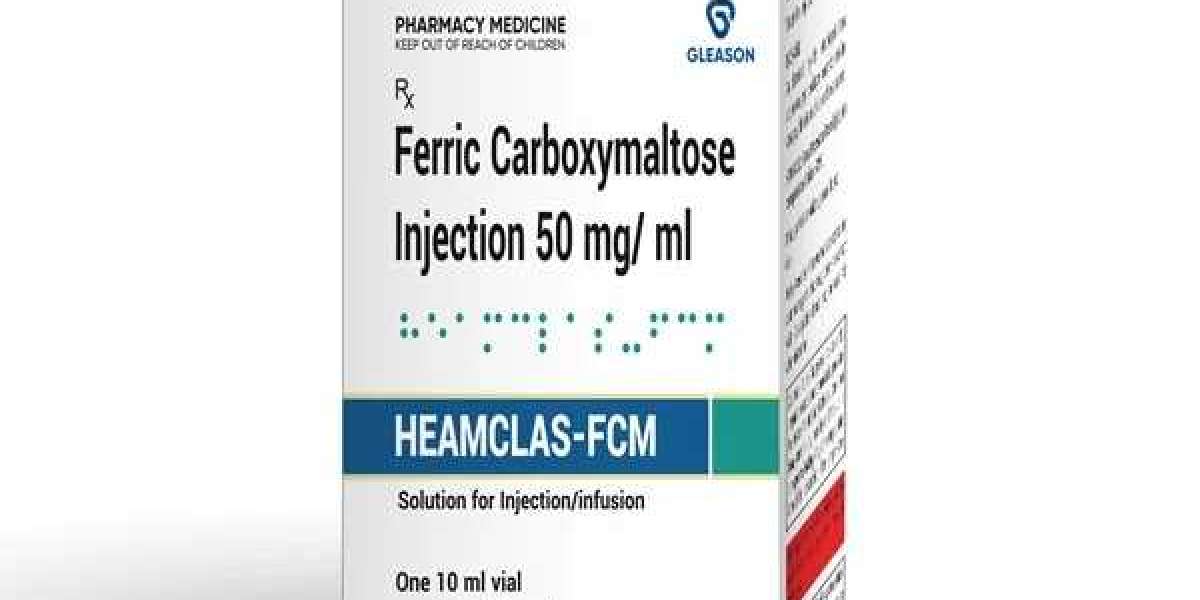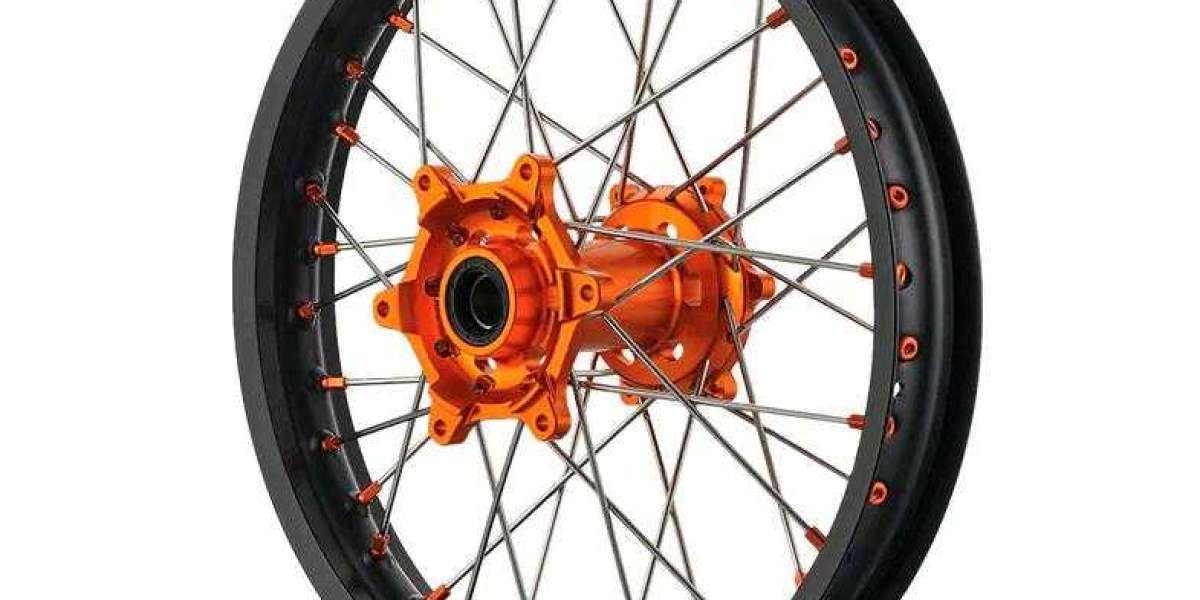The Heamclas-FCM Injection has emerged as a pivotal treatment in the management of iron deficiency and related medical conditions. This article aims to provide an exhaustive analysis of its applications, mechanisms, benefits, potential side effects, and administration guidelines, ensuring a complete understanding for healthcare professionals and patients alike.
What is Heamclas-FCM Injection?
Heamclas-FCM Injection is a formulation of ferric carboxymaltose, a type of intravenous iron therapy designed to replenish iron levels rapidly and efficiently. Unlike oral iron supplements, which may take weeks to show effectiveness, this treatment delivers iron directly into the bloodstream, making it a preferred option in severe cases of iron deficiency anemia (IDA).
Key Applications of Heamclas-FCM Injection
1. Treatment of Iron Deficiency Anemia (IDA)
Iron deficiency anemia occurs when the body lacks sufficient iron to produce healthy red blood cells. Common causes include chronic blood loss, dietary deficiencies, and absorption disorders. Heamclas-FCM Injection is often prescribed when oral iron supplements are ineffective or poorly tolerated.
2. Pregnancy-Related Anemia
Pregnant women frequently develop anemia due to increased iron demands. The injection offers a safe and effective solution, ensuring maternal and fetal health while reducing complications during childbirth.
3. Chronic Kidney Disease (CKD)
Patients with CKD often experience anemia due to impaired erythropoietin production and iron deficiency. Heamclas-FCM Injection is widely used to restore iron levels in these individuals, improving their overall quality of life.
4. Post-Surgical Recovery
Significant blood loss during surgery can lead to anemia. Administering Heamclas-FCM post-surgery aids in rapid recovery by replenishing lost iron stores.
Mechanism of Action
Heamclas-FCM Injection contains ferric carboxymaltose, a non-dextran iron formulation. Upon administration, it releases iron slowly into the bloodstream, allowing safe and controlled uptake by the body. This iron is then incorporated into hemoglobin and myoglobin, critical proteins responsible for oxygen transport and storage.
Benefits of Heamclas-FCM Injection
1. Rapid Iron Replenishment
The intravenous route bypasses the gastrointestinal tract, enabling faster absorption and immediate correction of iron levels.
2. Reduced Side Effects
Unlike oral iron supplements, which often cause gastrointestinal discomfort, Heamclas-FCM Injection minimizes issues like nausea, constipation, and metallic taste.
3. High Dose Administration
Patients can receive a higher dose of iron in a single session, reducing the need for multiple hospital visits.
4. Improved Patient Compliance
With fewer doses and faster results, patients are more likely to adhere to the treatment regimen.
Administration Guidelines
Heamclas-FCM Injection should be administered under the supervision of a healthcare professional. The dosage depends on the patient’s weight, hemoglobin levels, and overall iron requirements. Typically, the injection is given in a controlled clinical setting to monitor for potential adverse reactions.
Potential Side Effects
While generally well-tolerated, Heamclas-FCM Injection may cause some side effects. It is essential to be aware of these to ensure timely intervention:
- Common Side Effects: Mild headaches, dizziness, or flushing.
- Serious Reactions: Hypersensitivity reactions, including rash, swelling, or difficulty breathing. These require immediate medical attention.
- Injection Site Reactions: Pain, redness, or swelling at the injection site.
Healthcare providers must evaluate patients for any history of allergies or previous reactions to intravenous iron therapies.
Precautions and Contraindications
Before administering Heamclas-FCM Injection, consider the following precautions:
- Hypersensitivity: Avoid in patients with known hypersensitivity to ferric carboxymaltose.
- Iron Overload Disorders: Conditions like hemochromatosis contraindicate its use.
- Pregnancy and Lactation: While generally safe during pregnancy, the benefits and risks should be assessed on an individual basis.
Comparative Analysis: Heamclas-FCM vs. Oral Iron
| Aspect | Heamclas-FCM Injection | Oral Iron Supplements |
|---|---|---|
| Absorption | Direct and immediate | Slower, reliant on gut health |
| Onset of Action | Rapid | Weeks to months |
| Side Effects | Minimal | Gastrointestinal discomfort |
| Dosing Frequency | Fewer sessions | Daily |
| Suitability | Severe cases | Mild to moderate deficiencies |
Real-World Impact of Heamclas-FCM Injection
Case Studies
Chronic Anemia Management: A 45-year-old female with chronic anemia showed significant improvement in hemoglobin levels within two weeks of receiving Heamclas-FCM Injection, avoiding the need for blood transfusion.
Postpartum Recovery: A new mother with severe postpartum anemia regained her energy and reduced fatigue after a single session.
Conclusion
Heamclas-FCM Injection represents a breakthrough in iron deficiency treatment, offering rapid, efficient, and well-tolerated therapy. Its versatility in addressing various medical conditions makes it an invaluable tool in modern medicine.
For individuals suffering from iron deficiency or anemia, this treatment provides a promising solution with minimal disruption to daily life.








